Labor has a problem with men
While the Coalition acknowledges its problem with women, Anthony Albanese should focus more on men who work.
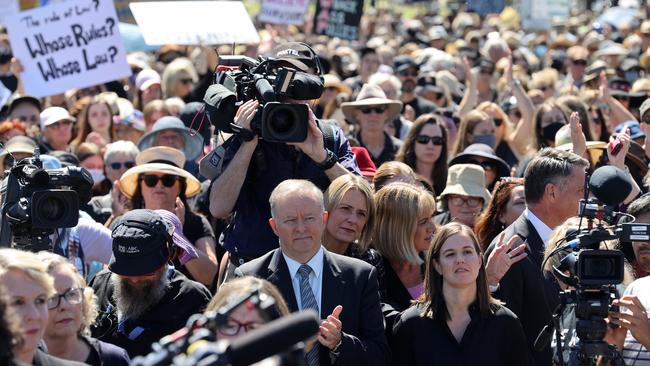
This may or may not be true — only votes put in ballot boxes at an election could verify the theory. But, if correct, then more than one inference can be drawn from the data. And that is the Labor opposition in general and Anthony Albanese in particular have a men problem.
Look at it this way. The Newspoll published in The Australian on Monday has Labor ahead of the Coalition, after a notional distribution of preferences, by 51 per cent to 49 per cent. On the primary vote, however, the Coalition leads Labor by 41 per cent to 38 per cent.
Now we know that opinion polls are not always correct and that, when accurate, they provide an analysis of what voters are thinking now and not what their intentions may be some time in the future. Nevertheless, opinion polls are the only objective analysis available in that they are scientific to a degree at least. The rest of the commentary is guesswork or wish fulfilment.
The recent election results in the Northern Territory, ACT, Queensland and Western Australia demonstrate the value of incumbency at a time of pandemic and in the wake of an economic recession. Here the premiers and chief ministers have more clout than prime ministers. For better or worse, they can shut borders and implement lockdowns since they control the health and police departments. Prime ministers, on the other hand, can do little but close international borders and negotiate with state and territory governments about managing the virus.
In view of all this, the Coalition is in a reasonable position in trailing Labor by only two percentage points on the two-party-preferred vote. Especially since there is a tendency for contemporary polling to underestimate the conservative vote. Most Australian elections are close. However, Australia has changed government on only seven occasions since the end of World War II; namely 1949 (Coalition government), 1972 (Labor government), 1975 (Coalition), 1983 (Labor), 1996 (Coalition), 2007 (Labor) and 2013 (Coalition).
There are likely to be two budgets to come before the next poll. The word from Canberra is that the budget handed down on May 11 will focus on women. Leaving policy aside, this may not be politically necessary.
Right now the Prime Minister is under pressure, being criticised for the handling of an alleged rape in Parliament House along with the alleged bad behaviour, historical and contemporary, of some Coalition men. Then there is the criticism of the way Morrison dealt with then Australia Post chief executive Christine Holgate over the Cartier watch affair.
The disapproval of the Coalition over its attitude to women has been led by the ABC and Guardian Australia — the ABC/Guardian axis — along with some Nine Entertainment newspaper commentators. But the polling does not match the intensity of the critique.
On April 21, The Sydney Morning Herald and The Age ran a poll by Resolve Strategic. Asked which party and leader would perform best in designated areas, the Coalition prevailed over Labor with respect to economic management (43 per cent to 21 per cent), national security (42 per cent to 19 per cent) and handling COVID-19 (42 per cent to 20 per cent).
Labor led the Coalition on climate change (24 per cent to 23 per cent), health and aged care (30 per cent to 28 per cent) and women in society and the workplace (27 per cent to 21 per cent). If the last figure is correct, it suggests the Morrison government has some problems with the female vote — but not to the extent that its vocal critics maintain. Otherwise Labor would be well ahead of the Coalition in the polls. Perhaps this explains, in part at least, Labor’s recent policy change over coal.
In an exclusive report in The Australian on April 19, Greg Brown revealed that opposition resources spokeswoman Madeleine King had said that Labor would not stand in the way of new mines and was of the view that Australia would export coal beyond 2050.
On April 22, the ABC’s Q&A program devoted half of its time to a discussion on coal, climate change and so on. Presenter Hamish Macdonald told viewers that four Labor spokespeople were asked to appear on Q&A but all declined. Q&A later tweeted that Chris Bowen did not get an invitation — despite the fact he is opposition spokesman for climate change and energy.
The absence of Bowen from the program gave the impression that it was the Coalition that was divided on coal, since Resources Minister Keith Pitt was placed against former Coalition prime minister Malcolm Turnbull. This overlooked the fact the divisions within Labor on coal — up until now at least — have been greater than within the Coalition.
Labor’s change of policy, which in Bowen’s absence was not adequately addressed on Q&A, reflects the concern expressed by Labor MP Joel Fitzgibbon that the party cannot win government unless it improves its support in areas in Queensland, NSW and Western Australia that are dependent on mining.
In a recent interview La Trobe University academic Judith Brett told Australians not to get too excited about coal and said “there’s a sort of masculinism about these jobs”. This overlooks the fact well-paid miners have female partners along with daughters. It’s unwise to assess political support according to the gender of employees.
Certainly, Morrison and his Treasurer, Josh Frydenberg, see the need to increase the Coalition’s support among women. But Albanese and his Treasury spokesman, Jim Chalmers, need to look to whether Labor should focus more on men who work in the mining and agriculture industries along with the ever growing number of mostly male tradies.
Gerard Henderson is executive director of the Sydney Institute. His Media Watch Dog blog can be found at theaustralian.com.au.


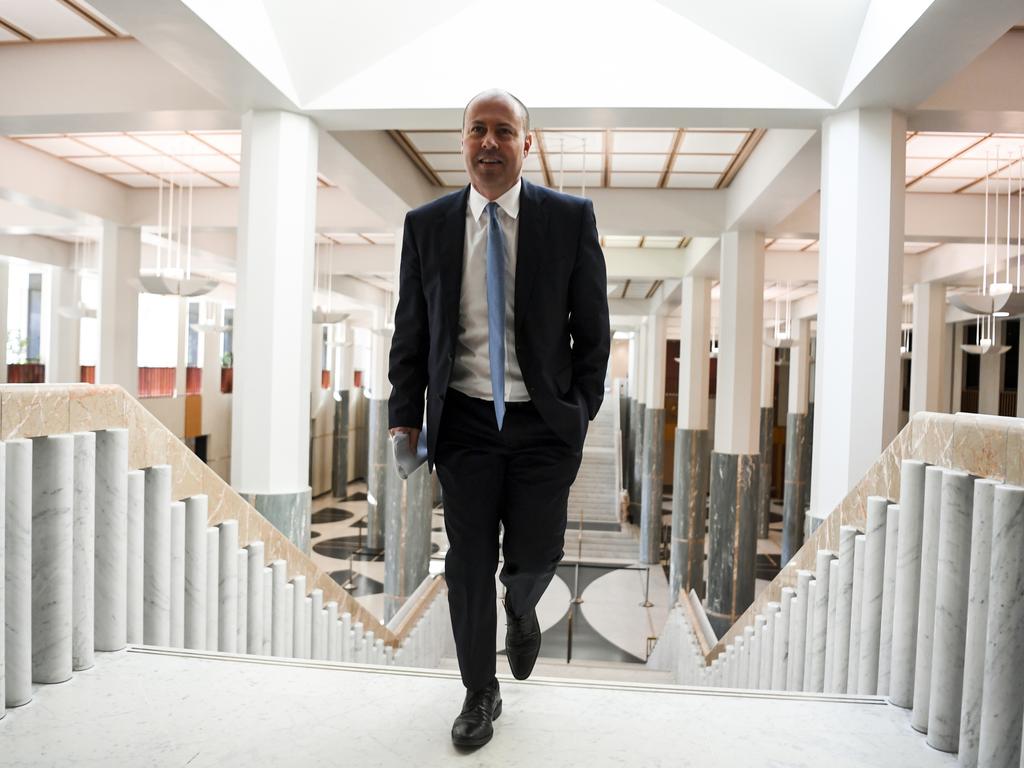
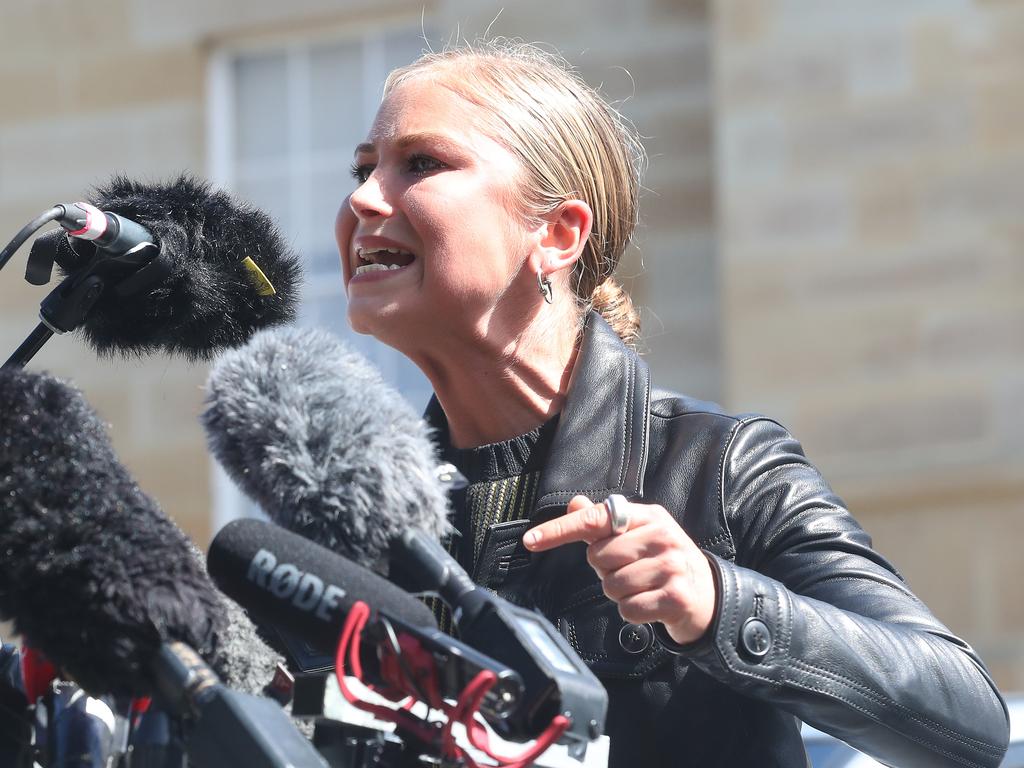
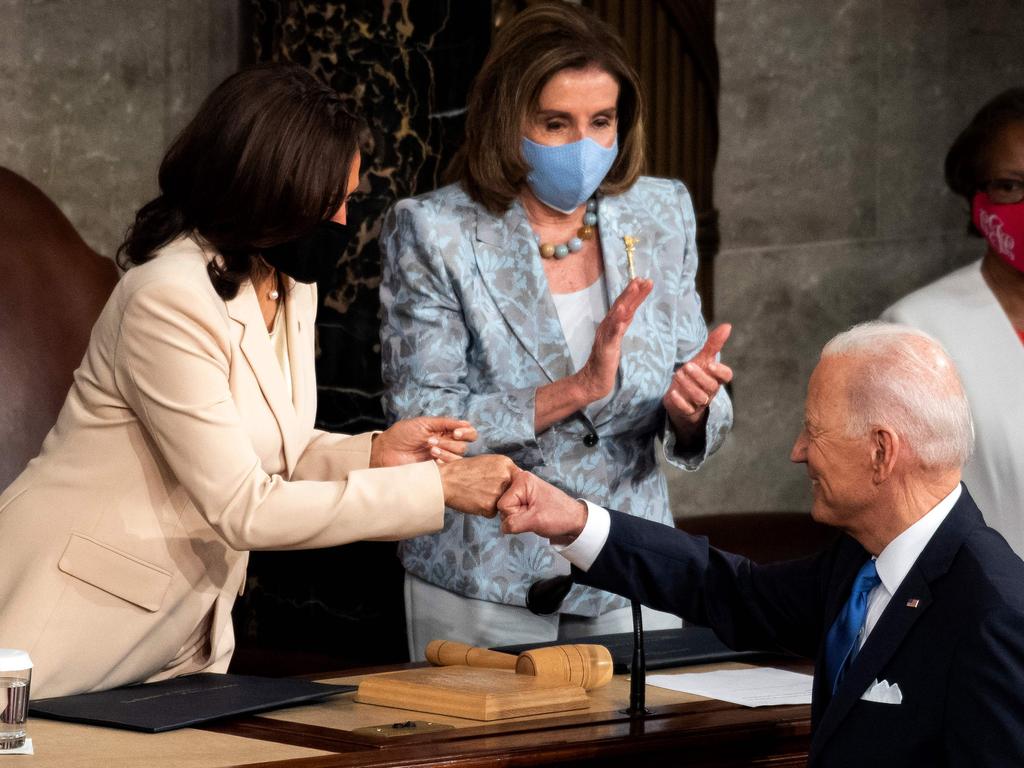
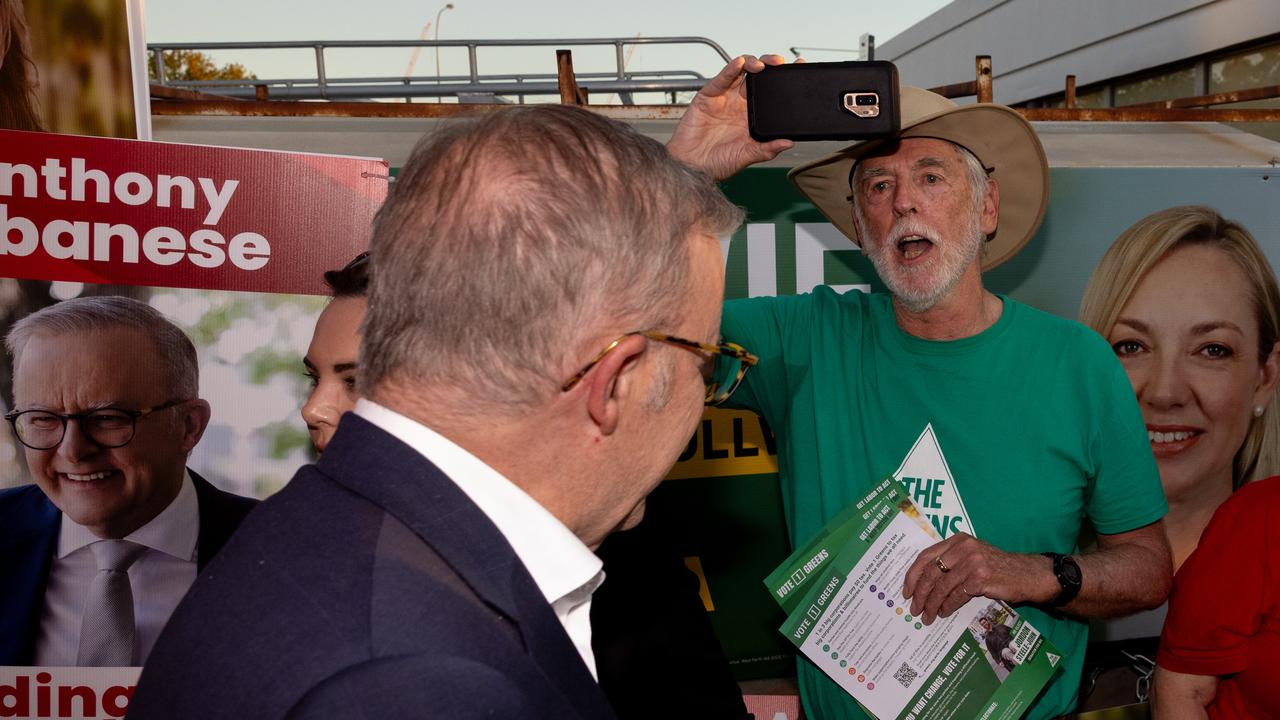
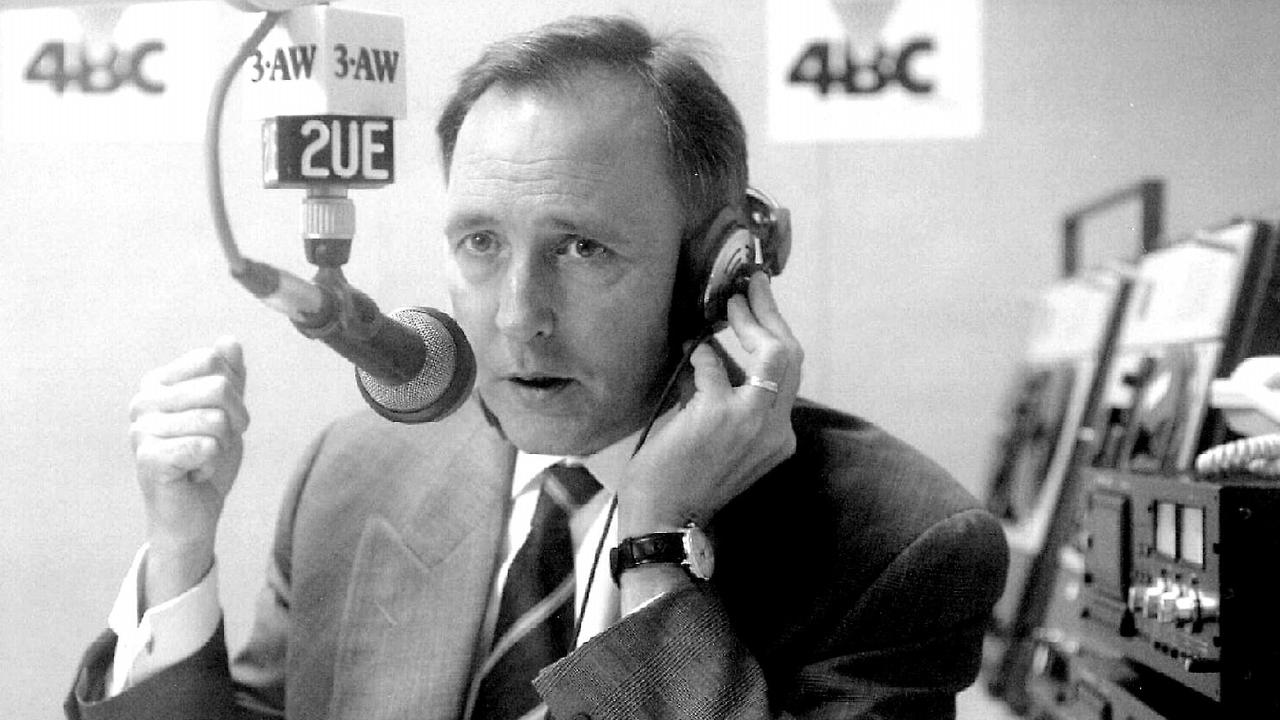
The word around sections of the political commentariat is that the Coalition government in general and Scott Morrison in particular have a women problem. Meaning that the Morrison government is losing support among female voters to such an extent that, if continued, could lead to defeat in the next election, which is due by May next year.